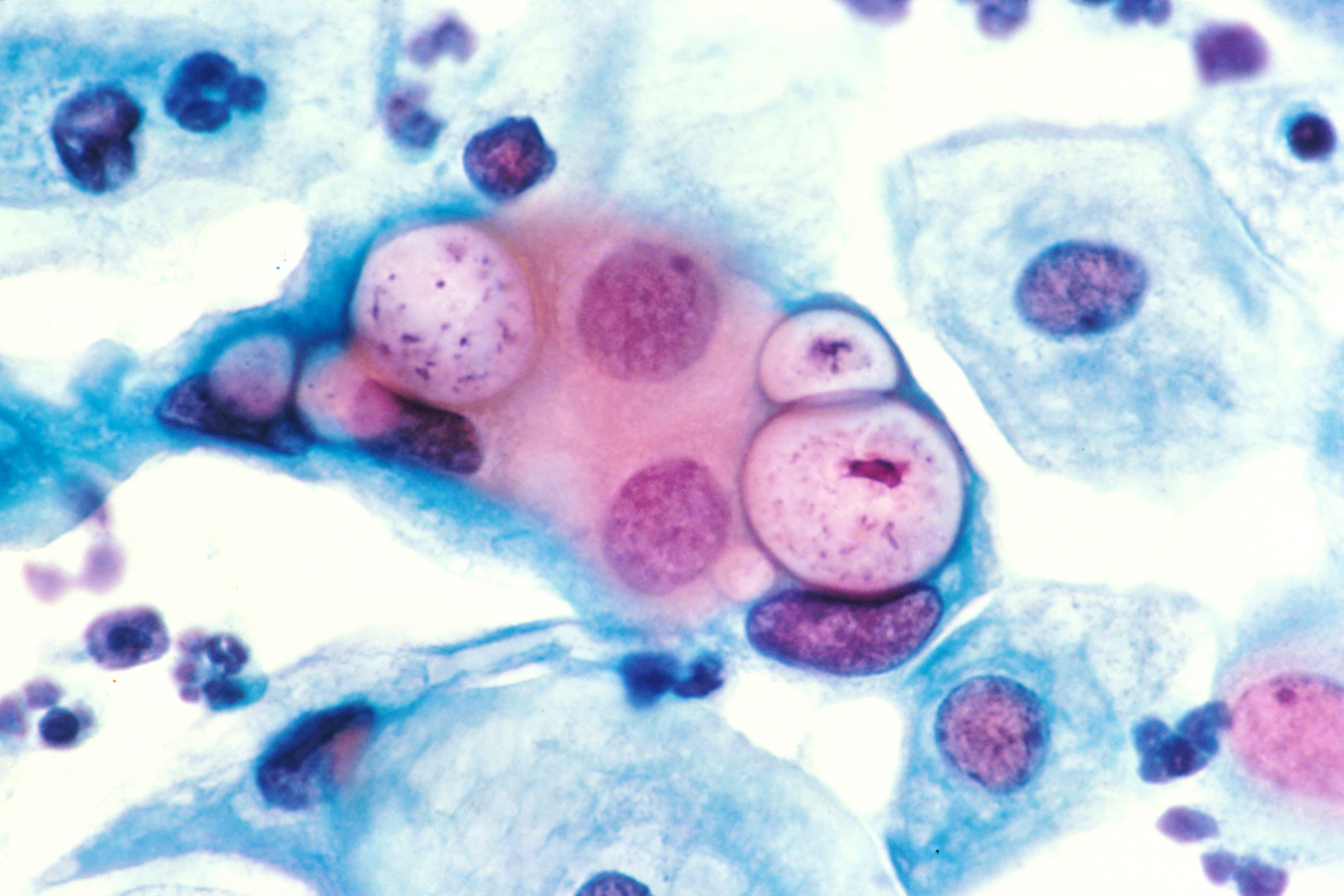Playlist
Show Playlist
Hide Playlist
Chlamydia Trachomatis
-
Slides STD Female Repro.pdf
-
Reference List Pathology.pdf
-
Download Lecture Overview
00:01 Now we go into Chlamydia trachomatis. 00:04 What is this? Obligate intracellular bacteria. 00:08 That, you have to know. 00:10 Some will consider this the number one sexually transmitted disease or infection. 00:15 Whatever. 00:15 Point is, it’s up there. 00:17 Nucleic acid amplification testing is now the “gold standard” of diagnosis. 00:24 This is used to detect Chlamydia DNA or RNA sequences in a specimen, such as a vaginal or endocervical swab, or a first-catch urine sample. 00:34 The serotype that you want to know for this particular trachomatis will be D through K. 00:39 May produce cervicitis, often follicular. 00:43 Frequent cause of what’s known as pelvic inflammatory disease. 00:49 When you have as pelvic inflammatory disease, this organism has now moved up into the fallopian tube. 00:56 Uh-oh. 00:57 Inflammation taking place. 00:59 The next step any time after inflammation is going to be process of repair. 01:04 Repair means what to you? Collagen and fibrosis. 01:08 Oh, my goodness. I’m having fibrosis of the fallopian tube, correct? This is not good. For whom? Pregnancy, right? So later on, we’ll talk about pregnancy and abnormal implantation of the egg -- a fertilized egg, mind you – into the fallopian tube, diagnosis, please? Especially if she starts complaining of pain six weeks after her last menstrual period. 01:35 Oh, my goodness. 01:36 And there’s adnexal tenderness. 01:38 Ectopic pregnancy. 01:40 Keep all these in mind as we move forward. 01:42 There’s something else with G&C that I’ll group together. 01:45 It’s called Fitz-Hugh–Curtis, something that shows up quite often from micro, but I’ll talk to you about it when the time is right.
About the Lecture
The lecture Chlamydia Trachomatis by Carlo Raj, MD is from the course Sexually Transmitted Diseases (STDs).
Included Quiz Questions
Which of the following statements about Chlamydia trachomatis is TRUE?
- It is an obligate intracellular organism.
- It is gram positive.
- It has only one serotype.
- It does not cause PID.
- It is a rare cause of STD.
Customer reviews
5,0 of 5 stars
| 5 Stars |
|
5 |
| 4 Stars |
|
0 |
| 3 Stars |
|
0 |
| 2 Stars |
|
0 |
| 1 Star |
|
0 |





